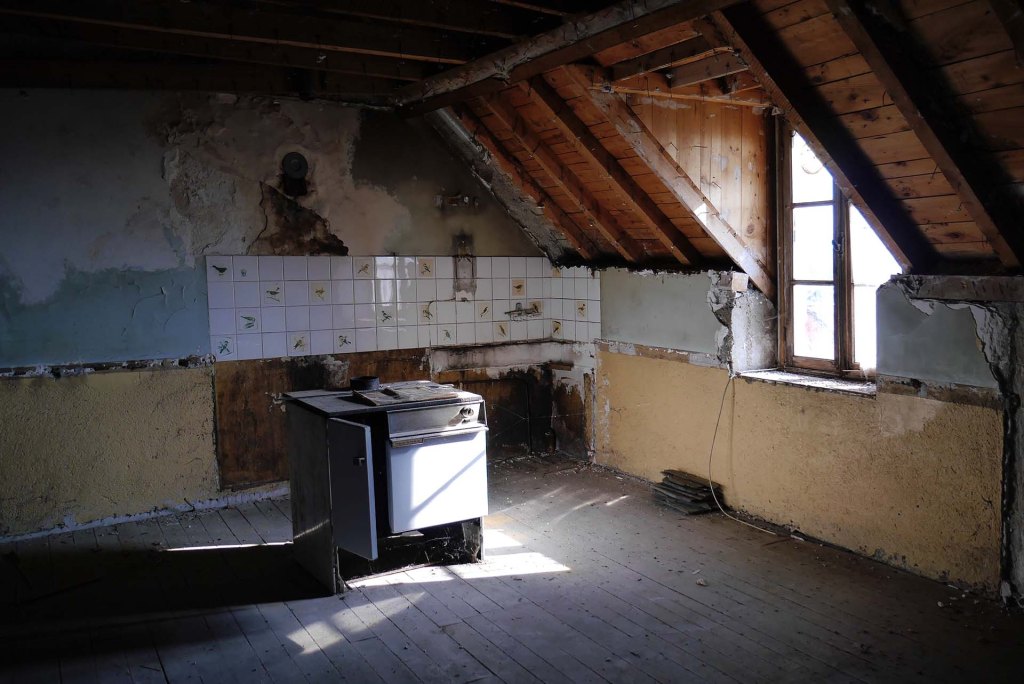The Louvre is the largest museum in the world, so there is plenty to see in the 403 exhibition halls. Here is a small visit on the theme of death.
Among the funereal works that can be seen in the Louvre, one of the most striking is this Allegory of Death, known as La Mort Saint Innocent, which was executed around 1520-1530. This alabaster statue comes from the Cimetière des Innocents, a Parisian cemetery which closed in 1780. You can see an inscription in old French on the shield: Il n’est vivant tant soit plein d’art / Ne de force pour résistance / Que je ne frappe de mon dart / Pour bailler aux vers leur pitance / Priez Dieu pour les trépassés.




In the same room you cannot miss this sculpture of Jeanne de Bourbon Vendôme, who died in 1521. It is part of her tomb, it represents the Duchess in decomposition, you can see some worms and her intestines.
To explain this representation of the deceased there is a story, maybe romanticized, in the « Historical Tablets of Auvergne ». In summary, her husband was absent at the time of her death. When he returns and he finds out that his wife has died, he wants to see her one last time. As she has been buried for a while, the corpse has already began to decompose. He would have contemplated the corpse devoured by the worms and wanted it to be represented in the same state in which he had found her.

Another funerary monument visible in the Louvre is The tomb of Philippe Pot, from the end of the 15th century. The singularity of this sculpture is that the recumbent figure is carried by eight mourners, which is rare. A recumbent statue is a funerary statue of Christian art representing the deceased idealized and lying, in a pious attitude (often joining hands as if to pray).


Unlike the recumbent, we find the transi. Like this unfinished funerary sculpture of Catherine de Medici from 1565. Catherine de Medici died in 1589, this transi was commissioned during her lifetime. In comparison with the recumbent figures who have a blissful or smiling attitude, the transi is a macabre evocation of the deceased who is represented in a realistic way, naked, even in putrefaction. It is not known why this work remained unfinished, a second sculpture was made later much less macabre.


You can see many recumbent figures in the Louvre. For example, the one of Renée d’Orléans-Longueville who died at the age of 7, which is from the beginning of the 16th century. Sometimes an animal is found at the feet of the deceased, chosen according to its symbolism. The most used are the dog (for fidelity, faith), the lion (for strength, justice), but on this recumbent we can see a unicorn!

Here are other recumbent figures, you can try to guess what place the deceased occupied within society.









There are also fragments of recumbent figures, often faces or praying hands. Here a man’s face from the 14th century.









Une réponse à “The funeral Louvre”
[…] the recumbent and transi figures of the Louvre Museum, here are some funeral pieces from the Museum of Fine Arts in Arras, in the North of France. There […]